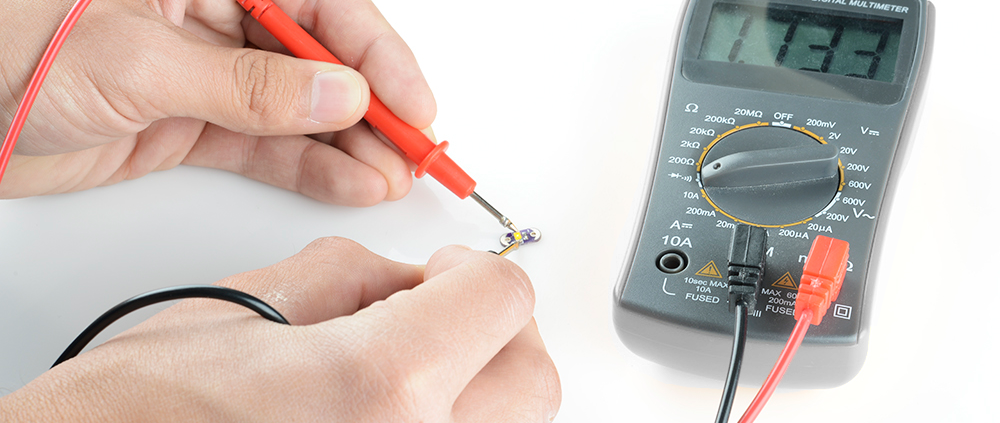The phenomenon of electrostatic charge generation through frictional separation has been known for centuries. The ancient Greeks observed that rubbing fur on amber produced an electric charge, and this simple experiment led to a deeper understanding of electricity and magnetism. Today, we know that frictional separation between two dissimilar materials can produce an electric charge due to the transfer of electrons between the materials. This charge can be positive or negative, depending on the materials involved and the nature of the frictional separation.
The polarity arrangement of the electrostatic charge generated by frictional separation is an important consideration in many industries, particularly those that deal with sensitive electronics or explosive materials. In these industries, electrostatic discharge (ESD) can cause significant damage or even catastrophic failure. To mitigate the risk of ESD, low charging static materials or anti-static materials are used to dissipate or neutralize the electric charge.
The polarity of the electrostatic charge generated by frictional separation is determined by the relative electron affinity of the materials involved. The electron affinity is a measure of how strongly an atom or molecule attracts electrons. For example, materials with a high electron affinity, such as rubber or nylon, tend to acquire a negative charge when rubbed against materials with a lower electron affinity, such as metals or plastics. Conversely, materials with a low electron affinity, such as metals or graphite, tend to acquire a positive charge when rubbed against materials with a higher electron affinity, such as plastics or glass.
The polarity arrangement of the electrostatic charge generated by frictional separation can be predicted using the triboelectric series, which ranks materials according to their tendency to acquire a positive or negative charge when rubbed against another material. The triboelectric series is a useful tool for selecting materials for anti-static applications, as it allows engineers to choose materials that will produce a charge opposite in polarity to the sensitive equipment or materials they are trying to protect.
In addition to the triboelectric series, the polarity arrangement of the electrostatic charge generated by frictional separation can be affected by a number of other factors, including humidity, temperature, and the presence of contaminants. For example, high humidity can reduce the amount of charge generated by frictional separation, while low humidity can increase it. Similarly, high temperatures can increase the amount of charge generated, while low temperatures can reduce it. Contaminants on the surface of the materials can also affect the polarity of the charge generated, as they can alter the electron affinity of the materials.
To mitigate the risk of ESD, low charging static materials or anti-static materials are used in a variety of applications. These materials are designed to either dissipate or neutralize the electric charge generated by frictional separation. Low charging static materials are materials that have a low tendency to generate an electric charge when rubbed against another material. These materials are often used in applications where a small amount of static electricity is acceptable, but excessive charge buildup must be avoided. Examples of low charging static materials include polypropylene, polyethylene, and acetal.
Anti-static materials, on the other hand, are designed to actively reduce or eliminate the electric charge generated by frictional separation. These materials work by either dissipating the charge to the environment or neutralizing it through chemical means. Examples of anti-static materials include conductive polymers, carbon black, and metal oxides. These materials are often used in applications where the presence of static electricity must be minimized or eliminated entirely, such as in clean rooms or explosive environments.
In general, the polarity arrangement of the electrostatic charge generated by frictional separation is an important consideration in many industries. The triboelectric series can be used to predict the polarity of the charge generated, and low charging static materials or anti-static materials can be used to mitigate the risk of ESD. By understanding the factors that affect the polarity of the charge generated and selecting the appropriate materials for anti-static applications, engineers can help protect sensitive equipment and materials from the damaging effects of static electricity.




Leave a Reply
Want to join the discussion?Feel free to contribute!